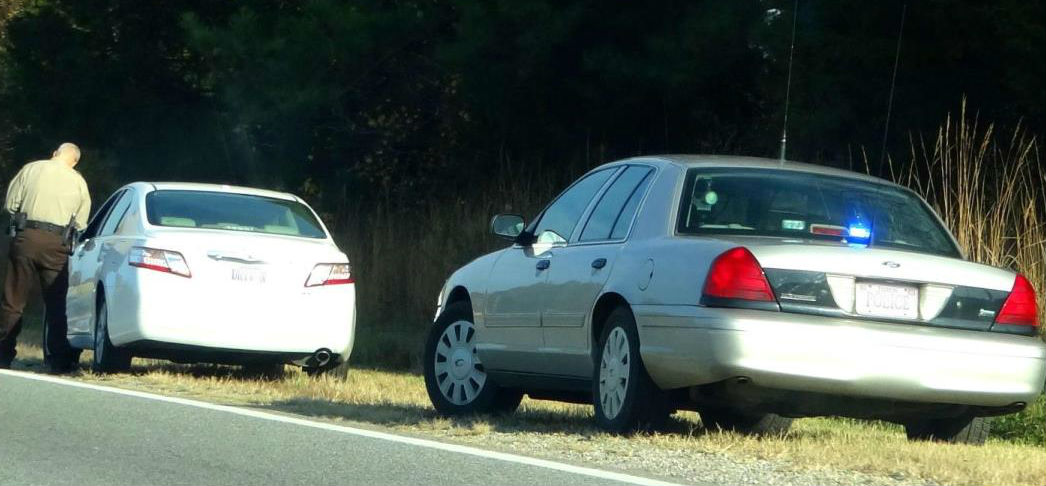The Facts About Speeding Drivers and Fatal Crashes

The evidence of the deadly dangers of speeding drivers is clear. According to the latest federal data, speed is a factor in more than a quarter of every fatal motor vehicle accident.
In June the National Highway Traffic Safety Administration “NHTSA” released its latest report on speeding drivers in the United States. The report covers 2020, the most recent year that finalized data is available.
Continued Rise in Speed-Related Crash Deaths
According to the report, there were nearly 35,766 fatal traffic accidents that year and 29% of those were speed-related. More than 11,000 people were killed in crashes involving a speeding driver. That’s a significant jump of 17% over the number of those who died in speed-related crashes the year before, in 2019.
The number of speed-related fatal crashes is not slowing down. According to NHTSA’s preliminary estimates for 2021, the number likely increased 5% over 2020.
Deaths in speed-related crashes rose 13% from 2011 and 2020.
Speeding Drivers More Likely to Have Behaved Carelessly in the Past
The report shows that speeding drivers involved in fatal crashes in 2020 were more likely than non-speeding drivers in fatal crashes to:
· Have a previously recorded crash
· Have a conviction for driving while under the influence
· Have previous speeding conviction
· Have had their license revoked or suspended previously
Almost a third of the 2020 speeding drivers involved in fatal crashes did not have a valid license at the time of the crash – twice the percentage of non-speeding drivers in fatal traffic accidents.
Deadly Combination of Speeding and Drunk Driving
NHTSA reports that, in 2020, 37% of the speeding drivers in fatal crashes were legally intoxicated. The legal threshold for drunk driving is a blood-alcohol of at least .08 g/dl. In 2020, 25% of the speeding drivers in a fatal car wreck had a blood-alcohol content of almost twice that threshold - .15 g/dl.
Speeding drivers between the ages of 25 and 54 were more likely to be drunk when they were involved in a fatal car crash than other age groups. About 40% of those speeding drivers were found with a BAC of at least .08 g/dl. About 30% had a BAC of at least .15 g/dl.
The deadly combination of speeding and drunk driving was consistent regardless of the day or time of day. NHTSA reports that fatal crashes caused by speeding drivers who were alcohol impaired most likely occurred between midnight and 3 a.m.
However, the percentage of drunk drivers in fatal crashes who were speeding was higher compared to non-speeding drivers in fatal accidents for every time period during the day and night throughout the week.
Negligent drivers who cause catastrophic accidents – be they speeding or drunk or both – should be held responsible for the damages and losses they leave behind. If you were seriously injured or had a family member die in a crash caused by someone else, speak with a car accident attorney about your legal rights to just compensation.
The choice of a lawyer is an important decision that should not be based solely on advertisements.
Authored by Gray Ritter Graham. Posted in Articles July 15, 2022
